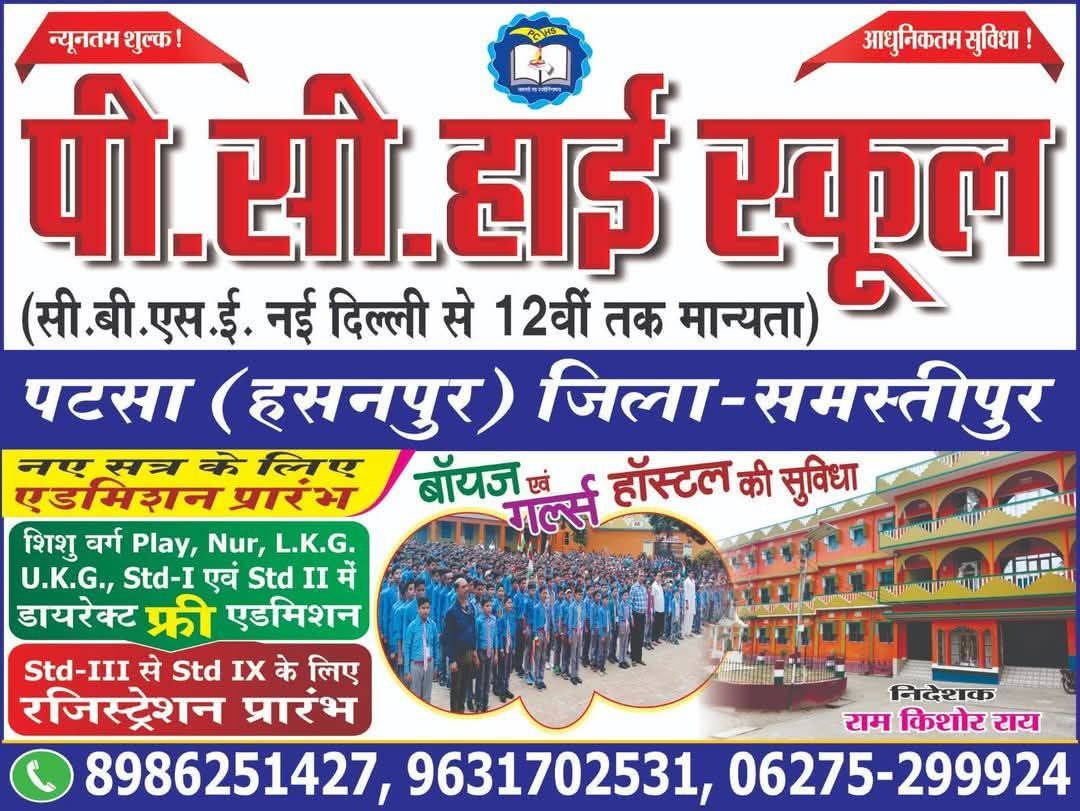



What’s the first thing you’d do if you got into a car accident—freeze? Panic? Call your mom?
It’s wild how one split second can turn your entire day upside down. You’re driving, vibing to your playlist, maybe daydreaming about dinner—and suddenly, screech, crash, BAM. Everything stops. Your heart’s racing. Your brain’s like, “What just happened?” And whether it’s a minor fender bender or a full-blown smash-up, the real question is: Do you actually know what to do next?
Let’s walk through it—step by step—like a crash course (pun intended) in keeping your cool and protecting yourself after a car accident.
Step 1: Stop the car. No matter how small the accident is, never drive away. Even if it’s just a bump in a parking lot, leaving the scene without exchanging info could turn into a hit-and-run charge. Not worth it.
Step 2: Check for injuries. Yours. Theirs. Anyone else involved. If someone’s hurt, don’t try to move them—call 911 and let the professionals handle it. And if you’re the one injured? Sit down. Stay calm. Help is on the way.
Step 3: Stay safe. Turn on your hazard lights. If it’s safe and possible, move the vehicles out of traffic to avoid another accident. If not, just stay put and wait for help—your safety comes first.
Step 4: Call the police. Even for a small crash, having an official report can be your golden ticket when dealing with insurance. It creates a record. It clears up “he said, she said.” And some states require a report if damages exceed a certain amount.
Step 5: Document EVERYTHING. Take pictures of the cars, the damage, the license plates, the location, even the weather if it played a role. Talk to witnesses and get their contact info. The more info you gather, the better protected you’ll be if things get messy later.
Step 6: Exchange information. Names, phone numbers, driver’s licenses, insurance details—all of it. And double-check that the info matches the person driving the car. Yes, people try to get shady.
Step 7: Don’t admit fault. Even if you think it was your fault, don’t say it out loud. Stick to the facts: what happened, where, and who was involved. Let the insurance companies (and possibly lawyers) figure out the blame game later.
Step 8: Call your insurance company. Report the accident as soon as you can. Waiting too long can mess with your claim. And they’ll tell you what steps to take next—whether that’s towing, repairs, or getting a rental.
And here’s the part most people skip: follow up. Get a copy of the police report. Track the repair process. Stay on top of your claim. The squeaky wheel gets the settlement.
Now, what if the other driver doesn’t have insurance? That’s where uninsured motorist coverage steps in—if you have it. If not, well… this is why we don’t cheap out on coverage, folks.
Let’s be real: nobody plans for a car accident. But knowing what to do when it happens? That’s how you go from overwhelmed to in control.
So—next time you buckle up, ask yourself: if today turned into a worst-case scenario, would you know how to handle it?
If this video gave you clarity, comfort, or just a solid plan B, hit that like button. Subscribe for more real-life tips, insurance breakdowns, and personal finance wisdom that actually makes sense. And check the description for a free accident checklist you can keep in your glove box—just in case.
Because when things crash, you don’t have to.




